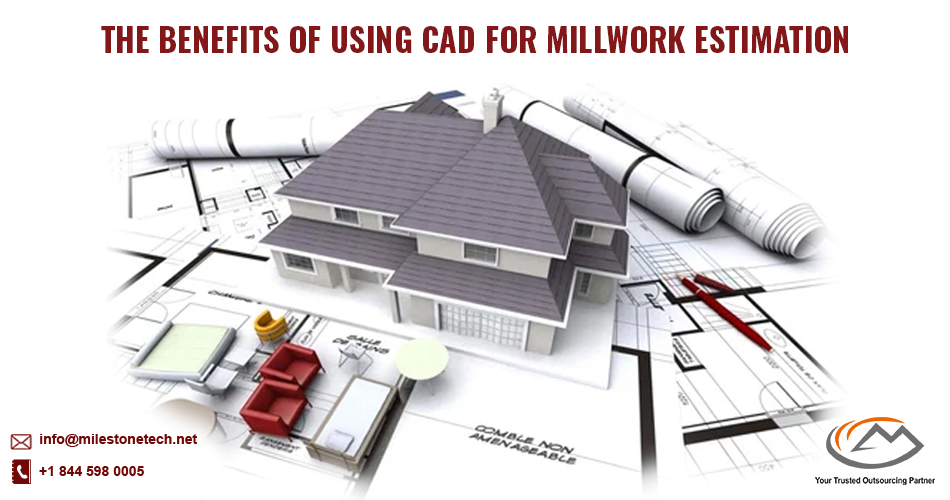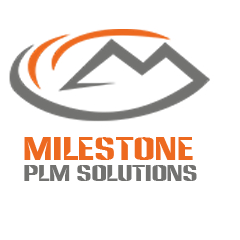The Benefits of Using CAD for Millwork Estimation
Introduction:
In the world of design professions and construction, Computer-Aided Design (CAD) has revolutionized the way projects are conceptualized and executed. CAD software has become an indispensable tool for architects, engineers, and designers across various industries. One area where CAD has particularly excelled is in millwork estimation – the process of calculating the precise materials and quantities required for custom woodwork. In this blog, we will explore the numerous advantages of utilizing CAD for millwork estimation and how it streamlines the entire design and construction process.
 Accuracy and Precision in Millwork Quantity Takeoffs:
Accuracy and Precision in Millwork Quantity Takeoffs:
CAD drawings provide a level of accuracy and precision that surpasses traditional manual methods of estimating millwork. By creating detailed digital representations of designs, CAD allows for more accurate quantity takeoffs, reducing the risk of over or underestimating materials. This precision is vital in ensuring that the right amount of materials is ordered, minimizing waste and cost overruns during the construction phase.
Enhanced Visualization with CAD Drafting:
CAD software enables designers to create detailed and realistic 3D models of millwork shop drawings. This enhanced visualization helps clients and stakeholders to better understand the design intent and make informed decisions. Being able to see the project in a virtual environment before implementation can lead to valuable insights and improvements early in the process.
Efficient Design Modifications and Iterations:
In traditional manual drafting, design modifications and iterations could be time-consuming and cumbersome. However, with CAD, making changes to millwork designs is a breeze. Designers can easily edit and revise drawings, saving time and effort. This agility allows for greater flexibility during the design phase and helps in accommodating client preferences more effectively.
Collaboration and Communication:
CAD software facilitates seamless collaboration between various stakeholders involved in a millwork project. Designers, architects, engineers, and clients can share CAD files and communicate changes and feedback efficiently. This streamlines the decision-making process and minimizes the chances of miscommunication or errors.
Integration with CNC Machinery:
One significant advantage of CAD in millwork estimation is its compatibility with Computer Numerical Control (CNC) machinery. Once the design is finalized, CAD files can be directly fed into CNC machines, automating the manufacturing process. This automation increases the accuracy of millwork fabrication and reduces production time significantly.
Cost and Time Savings:
By improving accuracy, minimizing errors, and expediting the design and fabrication process, CAD contributes to cost and time savings throughout the project's lifecycle. Clients and businesses can benefit from reduced material waste, faster project completion, and increased efficiency.
Conclusion:
In conclusion, the use of CAD for Millwork estimation offers a plethora of benefits to design professions and construction industries. From accurate quantity takeoffs to efficient design modifications and seamless collaboration, CAD has transformed the way millwork projects are planned and executed. Embracing CAD technology not only enhances the overall quality of the projects but also yields substantial cost and time savings. As the design world continues to evolve, CAD remains a powerful tool, empowering professionals to create outstanding millwork designs with precision and efficiency.
Source: https://www.milestonetech.net/service/millwork-drafting-services/












